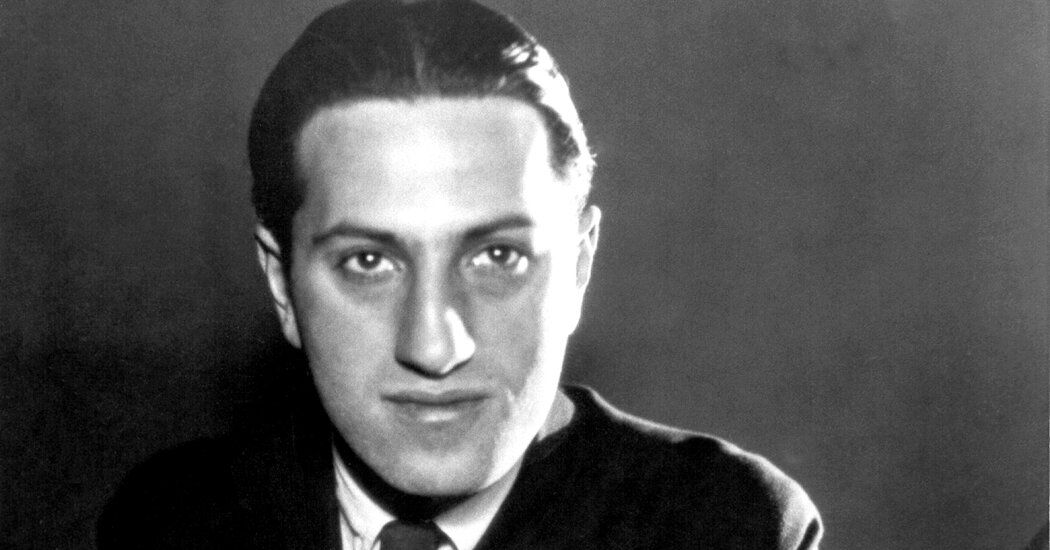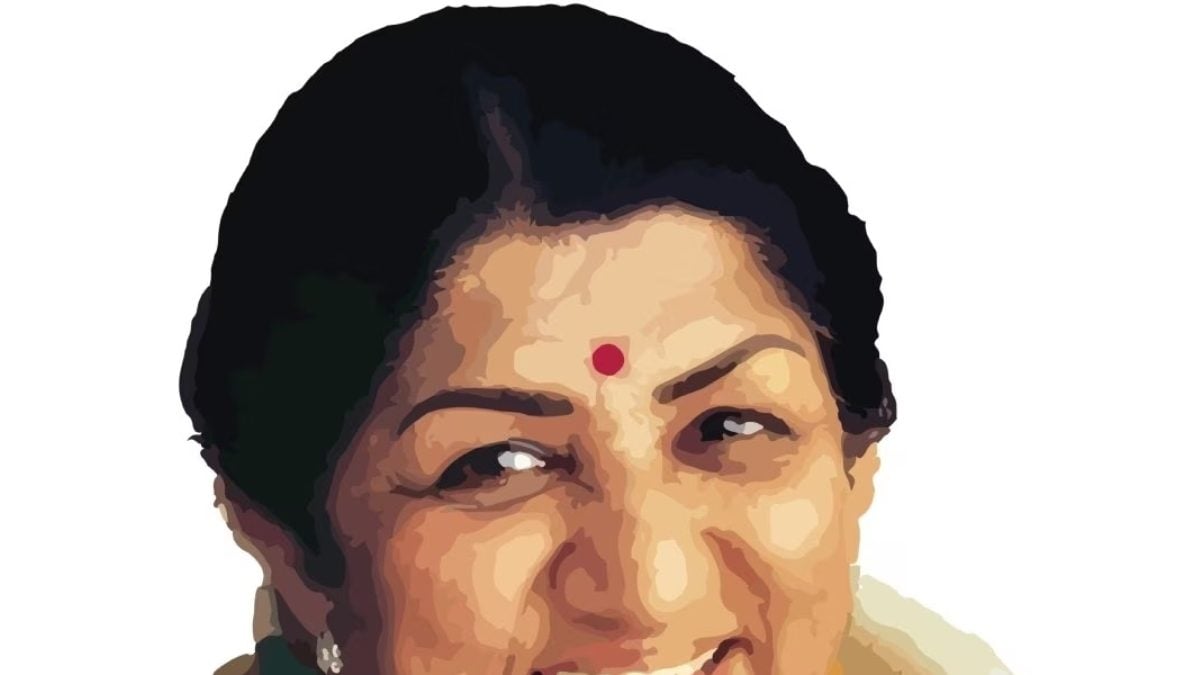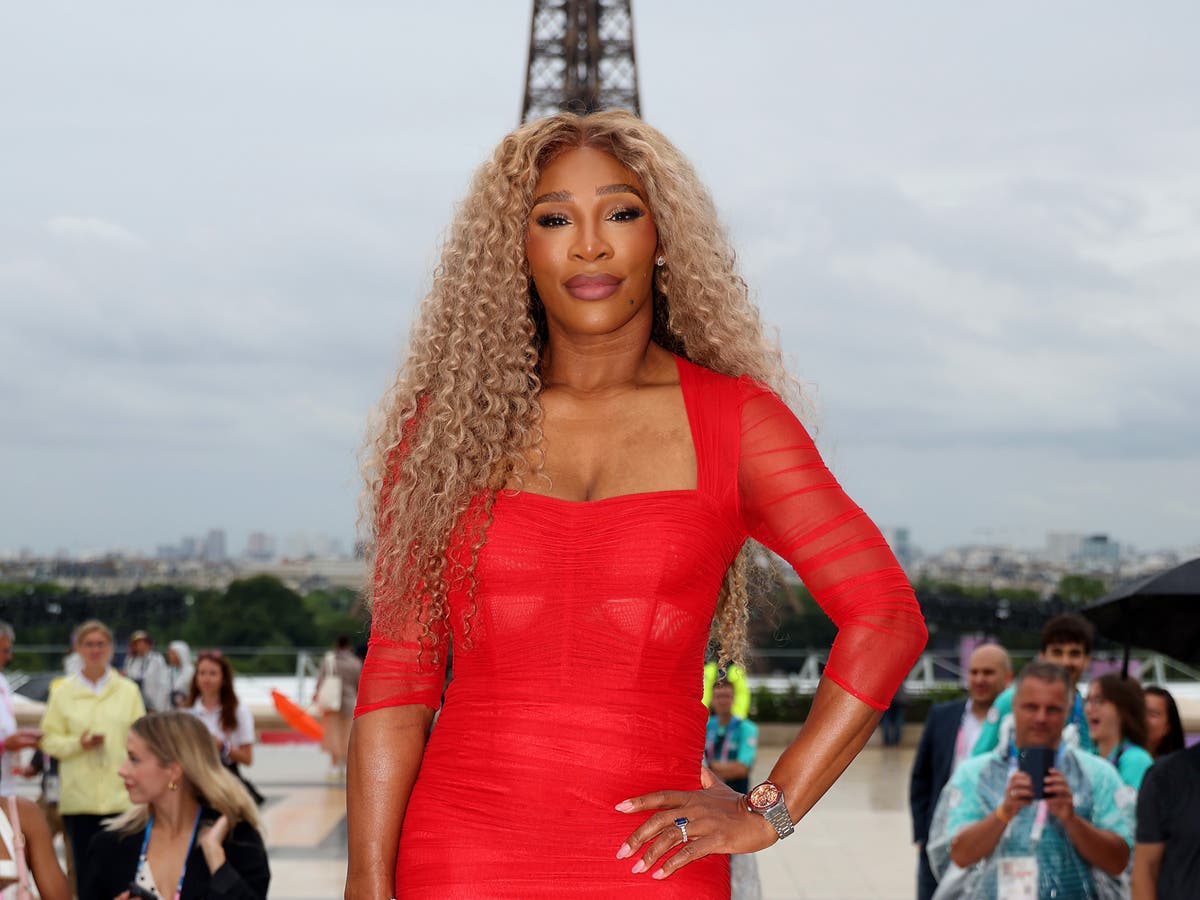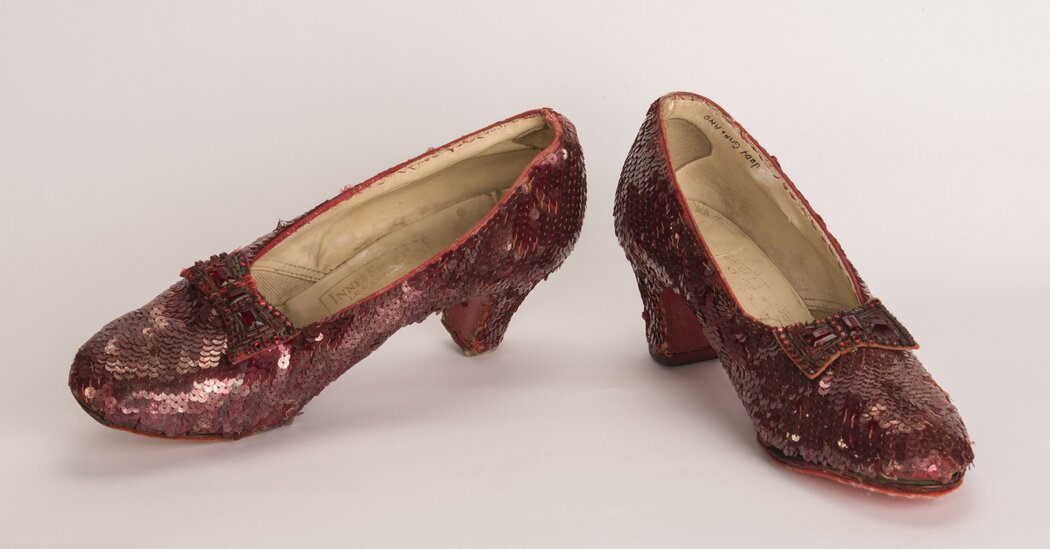The work is a guaranteed success. Once finished, audience members jump out of their seats to a standing ovation.
Such has been the response to “Rhapsody in Blue” since its premiere 100 years ago, on February 12, 1924. Director Paul Whiteman had asked George Gershwin to provide a “jazz concerto” for the An Experiment in Modern event. . Music at Manhattan's Aeolian Hall and the American music landscape hasn't been the same since.
Thanks to the centennial, you're likely to encounter plenty of “Rhapsody” performances this year; Not that the anniversary makes much difference, because that's always the case. In fact, “Rhapsody” is one of the most frequently programmed pieces in the symphonic repertoire of an American composer.
Beyond the concert stage, the play's themes are heard in movies and television, and beamed into the cabins of United Airlines flights. It has even functioned as propaganda: at the 1984 Olympic Games in Los Angeles, during the height of the Cold War, the American contingent brought together 84 pianists to perform excerpts from “Rhapsody,” accompanied by a battalion of dancers.
As with many other classic hits, casual listeners might be surprised to learn that the familiar melodies are part of a much longer composition. First, George Gershwin wrote an important score for two pianos. Composer Ferde Grofé orchestrated the premiere for Whiteman's idiosyncratic jazz band, including banjo. Subsequently, Grofé made two more orchestrations, in 1926 and 1942; the latter was for full symphonic forces and is the version most frequently heard today. Gershwin himself never bothered to make an authorized edition, going so far as to suggest four possible cuts in the score.
Regardless of these divergences in the original text, those who hear it for the first time are surprised by a ray of optimism. A new day is here! Gershwin's melodic material is woven with a lovely golden thread, from the first clarinet strike to the bluesy piano riffs and the epic, sentimental melody near the end of the journey. No phrase can ever be forgotten.
At this point, however, some of us more jaded types are ready to at least attempt forget.
This is because the promise of 1924 has not been fulfilled. Gershwin's proposal was bold and obvious: the early forms of African-American ragtime and blues had taken the nation by storm, and his job was to allude to those idioms in a virtuoso concerto. As a professional tuner and serious student of ragtime and early jazz piano, he was well suited to the task. As it turned out, the Experiment in Modern Music concert also opened up something for the composer: most of Gershwin's famous songs that we still hear today were written after the Aeolian Hall performance.
It is easy and accurate to call “Rhapsody in Blue” naïve and corny. But, to be fair, it was still very early in the timeline of jazz and recorded black swing music. Louis Armstrong and Duke Ellington were just getting started. Furthermore, as cheesy and Caucasian as it may seem, “Rhapsody” went directly into the language of the most powerful and innovative black jazz musicians. Art Blakey, Tadd Dameron, Billy Strayhorn and Herbie Nichols praised the work. Mary Lou Williams said that one of the early guitar heroes, Charlie Christian, “would play 'Rhapsody in Blue' and all that heavy classical stuff.” A long list of important jazz pianists, including Cedar Walton and Herbie Hancock, practiced the solo piano arrangement of 'Rhapsody' as children.
The reception history of “Rhapsody in Blue” is more problematic than the work itself. If the piece had been less successful, perhaps more could have been done to develop it. Rather, it has clogged the arteries of American music. Instead of searching for new possibilities, promoters, educators and other gatekeepers can simply state: The 'Rhapsody' is there, it's a guaranteed success, so why delve any deeper?
If “Rhapsody in Blue” is a masterpiece, it might be the worst masterpiece. The promise of true fusion on the concert stage basically begins and ends with it. One hundred years later, the most popular black music is separated from the world of formal composition, while most American concert artists cannot identify with a score with a folk attitude, much less with swing.
The essential element here is rhythm. African and Latin (especially Cuban) diasporic rhythm has rarely been understood or truly respected by American institutions concerned with the symphonic repertoire. Gershwin didn't help matters with “Rhapsody in Blue”; no one except the pianist has to play more than a few bars at a constant tempo. The composer explained: “Jazz, they said, had to be in strict time. He had to hold on to the rhythms of the dance. I resolved, if possible, to put an end to that misconception in one fell swoop.”
That “hard hit” inadvertently meant that no one had to go to school. During his lifetime, pianist Oscar Levant was considered a popular Gershwin expert and practitioner, partly because he was a close friend of the composer and partly because he was a charming film personality. Levant even plays excerpts from the title track of the cheesy Gershwin biopic “Rhapsody in Blue.” (1945). Although Levant was a virtuoso and his performance of the “Rhapsody” has a high piano finish, his performance also has terrible rhythm, worse than that of any freshman jazz piano student in college. Still, Levant's inability to correctly play Gershwin's basic syncopations and polyrhythms did not prevent him from selling many performances and recording the piece.
To this day, the training of American conservatory musicians prioritizes pure tone production and mechanical ease over basic dance rhythm.
Histories of American music generally consider Gershwin more important than Ellington. Jazz musicians and connoisseurs would disagree; any mature Ellington LP surpasses any “Rhapsody in Blue” recording. There is simply no comparison in terms of depth of feeling, let alone swing. Ellington was often elegant and reserved in public, but his surprising trio deconstruction of Gershwin's “Summertime” in 1961 documents a moment when he lost his composure. The huge, dissonant piano cluster at the end seems to signify Ellington's justified anger at Gershwin's continued eclipse of him as he great American composer, long after Gershwin's death.
Serious black musicians are finding it increasingly difficult to manage the Gershwin problem. Before embarking on his 1998 project “Gershwin's World,” Hancock had doubts, which he explained in his memoir, “Possibilities”: “Why should I make a record that pays tribute to a great white American musician? Especially when that musician had gained fame by creating music in a style that was actually founded by black musicians, who never got the credit, fans, or money they so richly deserved. He knew that he would receive criticism from the black community, and it is understandable.”
Aaron Diehl is a serious jazz pianist, but his solid classical technique has given him the opportunity to perform Gershwin's music dozens of times with major orchestras. In an interview, Diehl was frank about how uncomfortable “Rhapsody in Blue” could be during rehearsal and performance.
“The fundamental question is how to move beyond nostalgia for this piece and find viable musical solutions to a deeply rooted problem,” he said. “'Rhapsody in blue' it's not source material. 'Carolina Shout' by James P. Johnson, 'Handful of Keys' by Fats Waller and 'The Pearls' by Jelly Roll Morton are source material.”
Diehl has heard, he added, “Marcus Roberts perform 'Rhapsody in Blue' many times with his trio, who collectively manage to turn the work on its head, but also align it with a deeper understanding of the musical references. That approach is a model for addressing these problems. Another is to give living composers the opportunity to write works that allow musicians to address some of the nuances of a rich language. “That will take some time, even after 100 years of hindsight.”
Despite all this, and regardless of whether “Rhapsody in Blue” is the worst masterpiece, it is also the best cheesecake, or something more attractive but unhealthy. Listen to it and you won't be able to resist whistling Gershwin's catchy songs.
Composer and pianist Timo Andrés told me: “'Rhapsody in Blue' is like one of those inflatable punching bags that just springs back no matter what you do to it.” We are blessed and trapped by this piece, a flawed classic that exemplifies our nation's uneasy relationship with the creators of African American music and technique.












